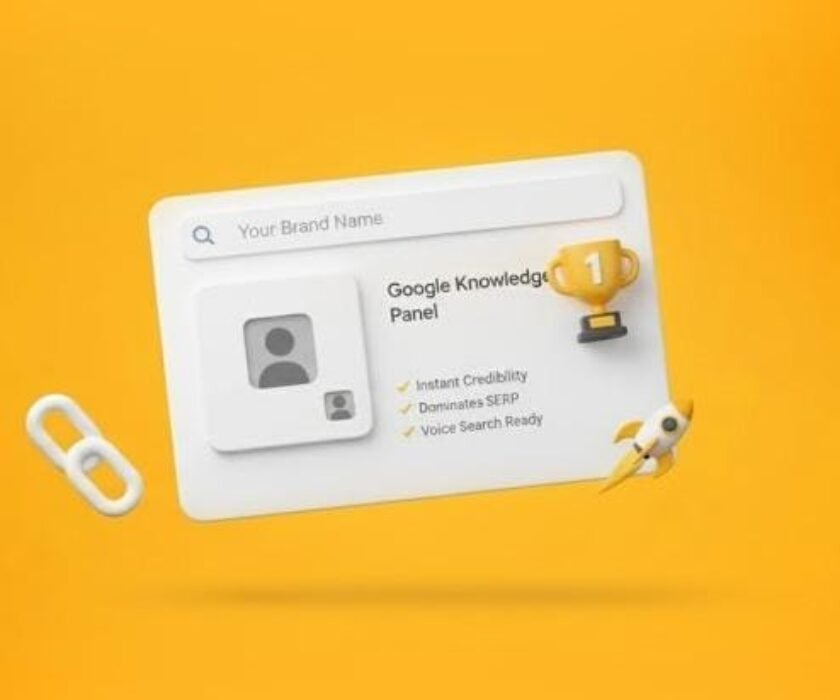If you are thinking about viral campaigns, one ad comes to mind. Perhaps it is a jingle of some slogan, a funny song or even an image. Viral campaigns leave an indelible mark in the minds of the audience and form a part of everyday conversation and small talk. Do you remember the “Do Nothing” Five Star campaign where humorously the company encouraged people to take it easy? Or Snickers’ legendary tagline, “You’re Not You When You’re Hungry”? Recently, Google Pay’s new-age “Twinkling Laddu” campaign for Diwali gained huge viral traction and was very popular by bringing tradition to technology. So, what makes these campaigns successful? Let’s find out.
What Is Viral Marketing?
Viral marketing is a type of ad that simply makes content people love sharing. It jumps from person to person and spreads rapidly, touching the screens of thousands, even millions, immediately. The idea is that the audience has an emotional connection: whether joy, surprise, or, say, nostalgia. When people can make a personal connection with a campaign, they tend to share it with their friends and family, turning it into a viral hit.
The Creative Laddu Campaign by Google Pay
This was a good example of viral marketing, which was done recently by Google Pay. They called it the “Twinkling Laddu,” when Diwali-the time for sharing and giving- was just around the corner. The best time was therefore picked up to execute this same. The strategy was simple, yet brilliant; whenever a person transacted via Google Pay, he or she was rewarded with a virtual laddu every time. That came with different kinds of goodies such as cashback and so on, but still, there was an interesting excitement in terms of engagement.
The laddoos were awarded to whoever was able to get more people to trade with a probability of acquiring any prize based on laddoo-based transactions.
How Viral Marketing Works
1. One way to guarantee virality is engaging content that could be funny, emotional, or simply interesting. The “You’re Not You When You’re Hungry” Snickers won because all people can connect with the message conveyed in whatever way.
2. Right platforms: It also matters which platform a campaign is on. Social media such as Instagram, YouTube, and Facebook contribute significantly to the spreading of viral campaigns. A good creative agency in Trivandrum can help determine which are the best-suited platforms for a campaign to gain maximum reach.
3. Timing and Trends: Time is everything. It is because, for instance, Google Pay’s Laddu campaign happened during Diwali; therefore, it becomes more relevant and impactful. Campaigns help brands connect with audiences through the help of branding that is done during festivals or trending topics.
4. Sharing with Networks: In many cases, viral marketing asks people to share content within their networks. The incentive rewards or unique offers drive the customers to spread their word, the same way Google Pay’s campaign went about rewarding them for sharing and being engaged.
5. Social proof: If many people talk about the campaign or most of the users employ it, then the campaign will probably be trusted and used. The majority of the time viral marketing utilizes this type of community as a way of building trust and credibility.
Why do brands like viral marketing?
Viral campaigns are cheap and quick to reach the audience. It creates strong brand awareness, engages customers, and creates credibility with social proof. The effect of a successful campaign may last long and keep the brand in the minds of people for years. Digital Marketing Agency in Kerala are popular for their unique campaign ideas and executions.
Conclusion
The well-planned viral campaign of any brand changes the game. Viral campaigns come in so many creative ideas, perfect timing, and content, which usually impresses brands looking to go viral. It would be a great opportunity for the brand to seek a partnership with the digital marketing agency in Trivandrum that would help it reach the masses.


